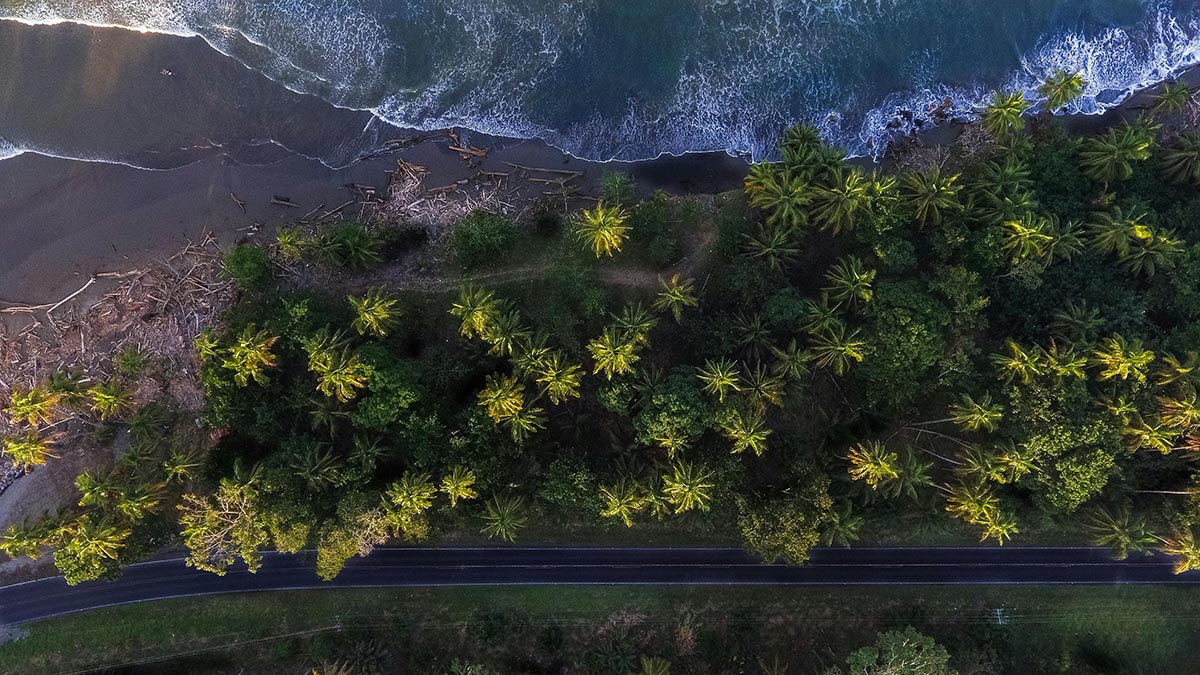
Although people have been backpacking solo across Western Europe, just outside Barcelona, hiking in the foothills of Mount Tibidabo for years now, solo travel became a global trend fairly recently.
The year 2024 saw an unprecedented rise in the number of solo travelers. Thanks to the easy availability of affordable accommodation and a fantastic social scene, Costa Rica has emerged as one of the top solo traveler’s destinations.
Did you know that Costa Rica entered the list of the top 20 happiest countries in the world? Costa Ricans are chill, welcoming people who know how to make their tourists feel at home. If you are planning to explore Costa Rica on your own this year, we have prepared a checklist just for you.
This is not your run-of-the-mill travel guide. It’s an “I wish I had done this while I was there” list, handed to you in advance so you don’t actually miss a beat.
Plan Your Accommodation Carefully
Costa Rica is the ultimate haven for backpackers and surfers, which is why you’ll notice a vibrant hostel culture across the country. However, this country isn’t just for backpackers or party animals. Every year, tons of people from around the globe visit Costa Rica just to soak up its serene natural beauty.
With the rising number of eco-friendly and self-sustainable hotels in the country, your stay options aren’t limited to dorms anymore. You can easily check out available hotel offers with cozycozy and pick the one that suits your needs the best.
If you are visiting this place for a wellness retreat, book a boutique hotel that offers a front-row seat to Costa Rica’s stunning natural beauty. Look for a boutique hotel in Costa Rica with a majestic view of the Pacific coastline.
If solo surfing is on the cards, we highly recommend looking for a property in Nosara. Don’t know how to surf? No worries. Most of these hotels offer surfing lessons.
Because of its consistent waves, Nosara is every surfer’s dream destination, says Domo Hotel. Boutique hotels in Nosara also offer restorative activities like yoga, pilates, and breathwork. Come, live a tranquil life, far removed from the noise of the everyday grind.
Catch a Sunrise in Manuel Antonio
Quietly watching the stillness of dawn unfold is one of the biggest rewards of traveling solo to a place like Manuel Antonio. Wake up early and head out for a peaceful sunrise hike—because few things rival the magic of watching a new day unfold in solitude. You’ll be the first to witness the sky brighten over the beach, with playful monkeys swinging nearby and colorful birds greeting the day.
This tranquil experience, uninterrupted by the bustle of crowds, gives you a chance to connect with nature in a way that’s deeply personal. After soaking in the calm, reward yourself with a swim in the clear waters or venture to hidden spots like Playa Gemelas for more seclusion.
If you still have a lot of energy left, continue exploring the park’s scenic trails, where you might spot sloths hanging lazily overhead. For the real thrill, book a guided boat tour to witness wildlife from the coast.
Surf Like There’s No Tomorrow
There’s a reason Costa Rica is considered a surfer’s paradise. The surfing tourism market size crossed the USD 65.30 billion mark in 2023 and is expected to grow at a steady pace. From the iconic waves of Playa Hermosa and Nosara to off-beat spots like Santa Teresa and Pavones, there’s something for solo surfers of all skill levels.
Playa Hermosa is renowned for its powerful breaks and is perfect for experienced surfers looking for a pure adrenaline hit. Nosara, on the other hand, offers consistent, gentle waves – ideal for beginners or those looking to take it easy.
Then there is Pavones. It’s home to one of the longest left-hand breaks in the world and promises an unforgettable experience for both beginner and intermediate-level surfers.
However, the vast majority of solo surfers prefer Santa Teresa because it’s less crowded. Plus, the peaceful vibe and stunning sunsets make it the perfect place to unwind after catching those epic waves. In other words, Costa Rica truly has it all.
Forest Walking
Forest walking or forest bathing in Costa Rica is one of those activities that doesn’t get enough credit. It’s the perfect solo adventure, presenting a fantastic opportunity to connect with nature at your own pace. We would recommend starting off by visiting the hanging bridges in the Arenal Rainforest.
The whole point of visiting a country alone is to soak up its magic without distractions, and a walk through the hanging bridges of the Arenal Rainforest lets you do just that. Suspended above the trees, you’re treated to an uninterrupted view of the lush canopy below and the rich wildlife around you, creating a deeply personal and unforgettable experience.
Next up, spend a night in Monteverde’s Cloud Forest for a truly magical experience. Guided night walks reveal nocturnal creatures: glowing insects, owls, and elusive frogs. It’s a totally different world once the sun sets, and your curiosity will definitely keep you on your toes. Honestly, it’s like discovering a whole new world after dark.
During the day, don’t miss out on Corcovado National Park. It’s home to incredible wildlife and some of the lushest forests you’ll ever see. If you’re lucky, you might even catch a glimpse of a jaguar.
Forest bathing is not just about taking a walk—it’s an immersive ritual for the soul. The fresh, earthy air, the rustling of leaves, and the birdsong- they work like magic, helping to ease your stress, calm your mind, and reset your energy. It’s nature’s therapy in its purest form.
The Day Is Young, and the Adventure Has Just Begun
Solo traveling in Costa Rica offers unforgettable moments and the freedom to explore at your own pace. Whether you’re catching sunrises, surfing perfect waves, or walking through lush rainforests, each day promises a unique adventure. So, pack light, travel smart, and let the beauty of Costa Rica do the rest—you won’t regret a single moment.
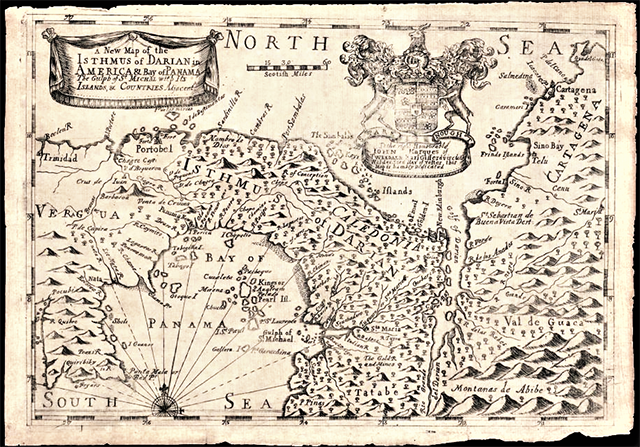











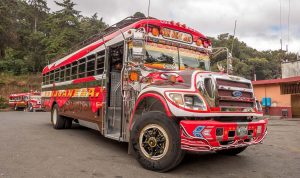

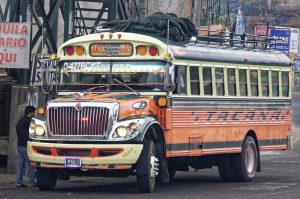

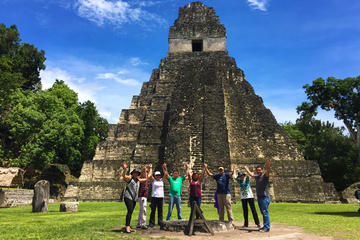
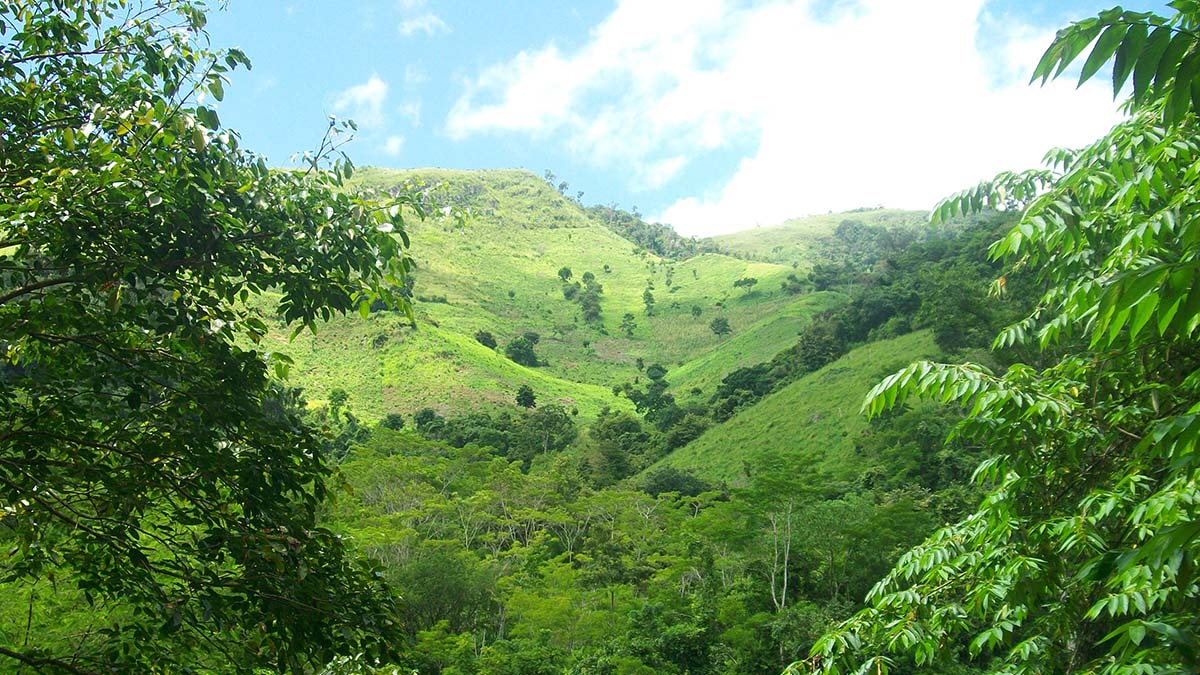
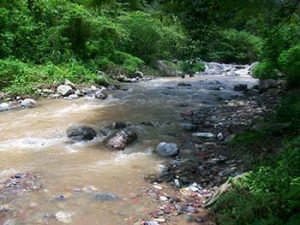
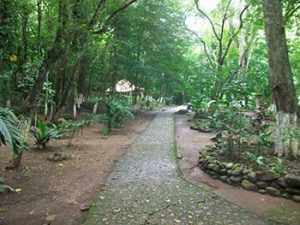

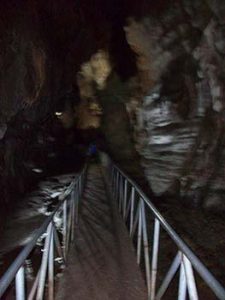
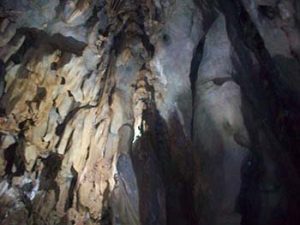

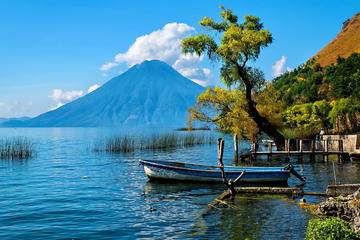

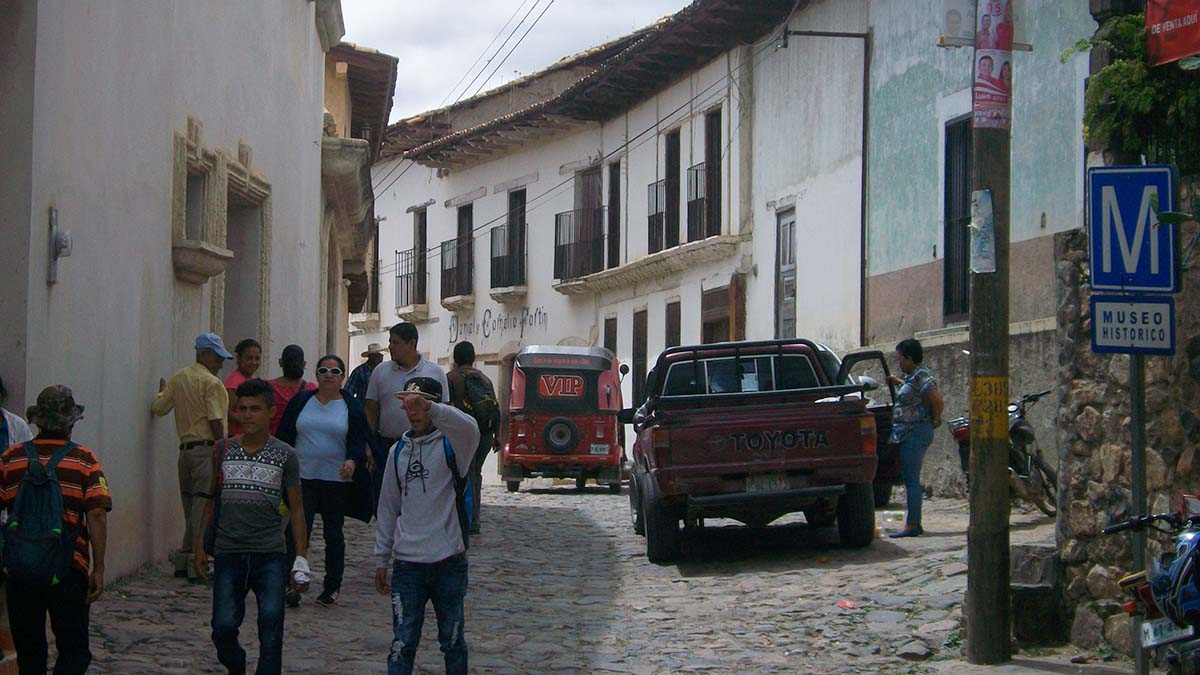

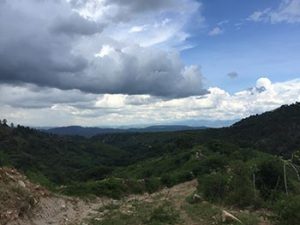
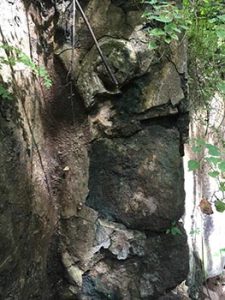
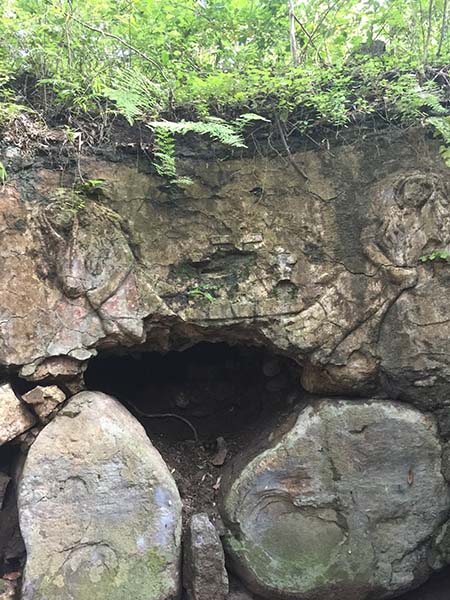 But the tour was far from over at this point. The air became clearer as we made our way uphill through long grass and pine trees towards the dusty road. A clear view could be had of mountains nearly 10 miles to the northeast. Reaching the road, we walked back towards Yuscaran. While the ruins had been interesting, there had been no mines. Now, Carlos promised to show me some.
But the tour was far from over at this point. The air became clearer as we made our way uphill through long grass and pine trees towards the dusty road. A clear view could be had of mountains nearly 10 miles to the northeast. Reaching the road, we walked back towards Yuscaran. While the ruins had been interesting, there had been no mines. Now, Carlos promised to show me some.


